 Cold knife cone biopsy Information | Mount Sinai - New York
Cold knife cone biopsy Information | Mount Sinai - New YorkCold knife cone biopsy What is a cold knife cone biopsy? Cold blade cone biopsy is a surgical procedure used to remove the tissue from the cervix. The cervix is the narrow end of the uterus and ends in the vagina. Cold knife cone biopsy is also called conization. This procedure removes a large cone-shaped piece from the cervix to look for precancer cells or cancerous material. Cold blade cone biopsy is performed under general or regional anesthesia. The surgeon uses a scale to remove the cervical tissue. Cervical biopsies are used both as a diagnostic tool and treatment for cancer and cervical cancer. Abnormal cells that appear in a Pap test may require further examination. Your doctor will remove abnormal cells from your cervix to determine if you have cancer or if the cells are precancerous. There are different types of cervical biopsies. Pun biopsy is a less invasive type of cervical biopsy that eliminates small areas of tissue. Your doctor may choose a cold-knife cone biopsy if they are not able to gather enough tissue through a hit biopsy. Cold knife cone biopsies allow your doctor to take a greater amount of tissue. This is especially important if you have already been diagnosed with cancer or cervical cancer. Sometimes all the cancerous material can be removed during a cold-knife cone biopsy. Many women suffer cold-knife biopsy under general anesthesia, which means they are asleep for the procedure. Those who have pre-existing health conditions such as , lung or disease may have greater risks while receiving general anesthesia. Be sure to discuss your health history and any prior reaction to anesthesia with your doctor. The risks of general anesthesia may include: Instead, you may be given a regional anesthesia. The regional anesthesia numbs you from the waist down, but you're still awake. You will not feel any pain under general or regional anesthesia. Fasting six to eight hours before biopsy can help prevent nausea. Nausea and annoying stomach are common reactions to anesthesia. Abstain sexual intercourse for 24 hours before the test. Do not insert anything into the vagina for 24 hours before your biopsy, including: Stop taking aspirin, ibuprofen, and naproxen for up to two weeks before the biopsy, as indicated by your doctor. You might also need to stop taking heparin, warfarin or another. Bring sanitary pads with you to use after biopsy. Ask a relative or friend to accompany him so he can take him home. All cold-knife cone biopsy takes less than an hour. You will lie on a test table with your feet on your stirrups, such as a regular gynecological exam. Your doctor will insert an instrument called spectra into your vagina to separate the walls from the vagina and keep the vagina open during the biopsy. After being sedated with a regional or general anesthesia, your doctor will complete the biopsy. Your doctor will use a surgical knife or laser to remove a cone-shaped piece of cervical tissue. Your doctor will use one of the two options to control bleeding in your cervix. They could cauterize the area with a tool that seals blood vessels to carry the bleeding under control. In addition, they could place conventional surgical points on their cervix. The tissue that was extracted from your cervix will then be examined under a microscope to determine the presence of cancer. Your doctor will notify you as soon as possible. Cold knife cone biopsies are usually performed as an outpatient procedure. Anesthesia is worn out within a few hours. You can go home the same day. The risks associated with cold knife cone biopsy are minimal. The infection is a possibility like all surgical procedures. Minimize the risk of infection by taking care of yourself after biopsy: The fear of the cervix and are rare but are potentially serious risks. Cervical scarring can make it difficult to get pregnant and can cause difficulties in reading the Papanicolaou outbreaks. An incompetent cervix occurs when a very large area of the cervix has been removed. The wide area of tissue extraction can increase your chance of premature delivery during pregnancy. The recovery of cold-knife cone biopsy can last several weeks. Most likely, you will experience cramps and bleeding intermittently during this time. Vaginal discharge can vary from red to yellow in color, and can be weighed sometimes. Notify your doctor if you develop any of the following, as these may be signs of infection: Notify your doctor if you have any of the following symptoms, as they may be signs of a blood clot: Avoid lifting heavy objects or physical tension for four to six weeks after a conization procedure. You should also refrain from having sex during this time to allow yourself to heal. Program a follow-up appointment with your doctor six weeks after your biopsy. Cold blade cone biopsy is a very effective way to diagnose uterine abnormalities and treat early stages of cervical cancer. Stages 0 and IA1 of cervical cancer are sometimes treated with cold-knife cone biopsy. For these very early stages of cancer, biopsy is often able to completely remove the cancer area. Q: Is there a limit to how many cold-knife cone biopsies can a woman have? What are the steps after? A:The procedure leaves a scar on the cervix that may or may not prevent future cold-knife cone biopsies. Your doctor will advise you on options for future tests. The steps after the biopsy depend on the test results. For low-grade abnormal cells, a PAP test can be recommended every year to two years. More advanced abnormal cells (cut) may be removed or may be destroyed by freezing or heating. Cervical cancer is usually associated with the uterine, and your doctor may test it at the same time as the PAP test. Last medical review on 29 February 2016Read this following
Accessibility Links Search Modes Search results Cervical Cone Biopsy (Instruction of Trash Care) - What you ... bleed after cone biopsy - @peggyrose - neck cancer ... cure of cone biopsy - (sangrade) Hello! I am new here as I am having a Cone biopsy for CINIII ... Surgical processes: LEEP and Cold Knife Cone (Cone Biopsy) Cone Biopsy: What to Expect at Home - My Health Alberta1 year after the follow-up cone biopsy = bad news PREVIEW PREVIEW Cervical Cone Biopsy
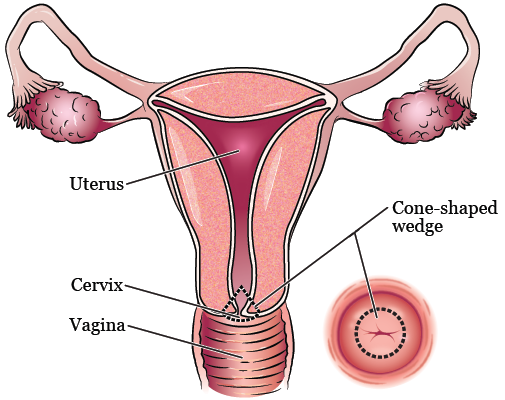
Caring for Yourself After Your Cone Biopsy of the Cervix | Memorial Sloan Kettering Cancer Center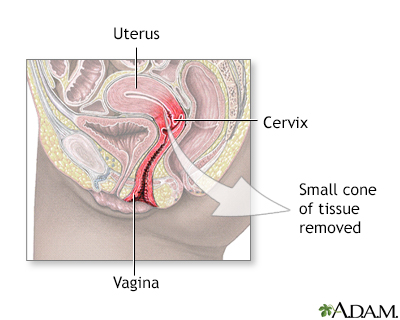
Cold knife cone biopsy Information | Mount Sinai - New York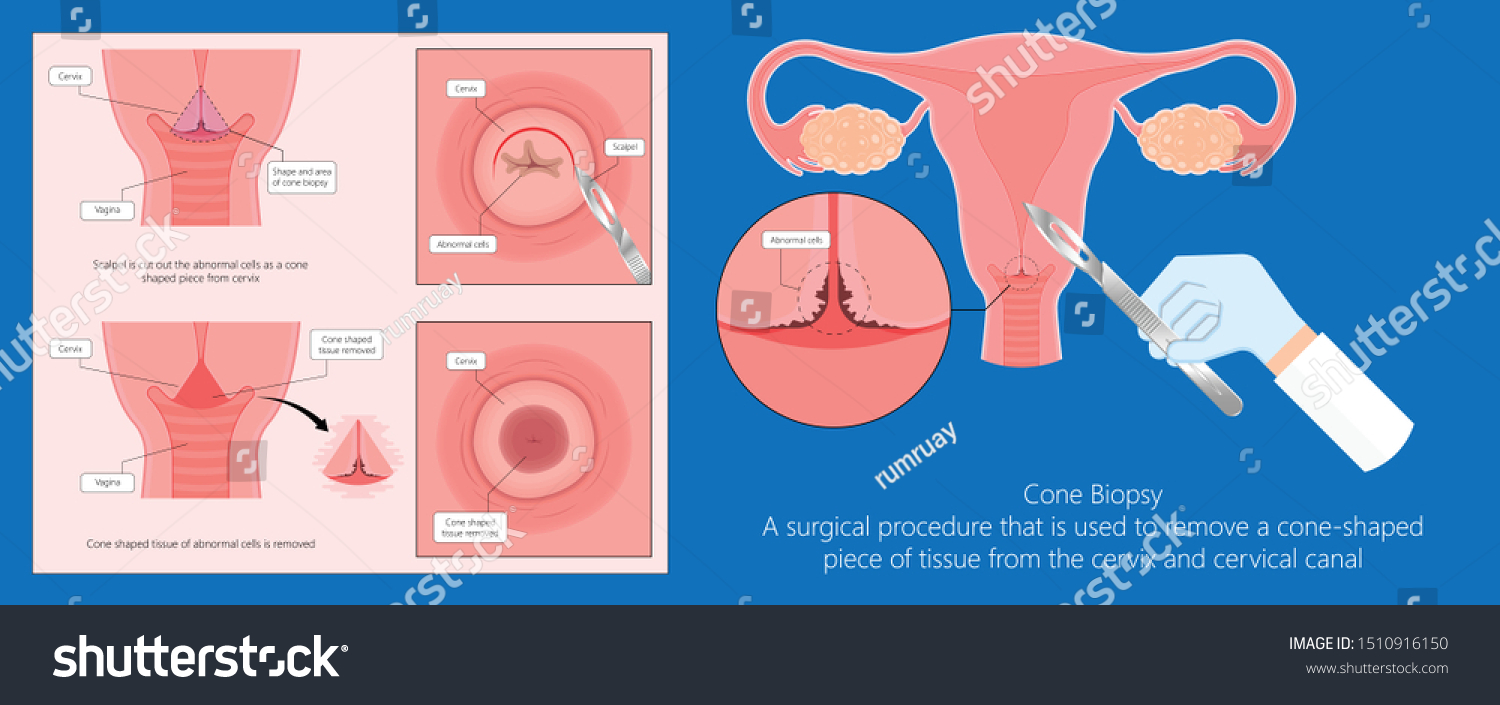
Cold Knife Cone Biopsy Loop Electrosurgical Stock Vector (Royalty Free) 1510916150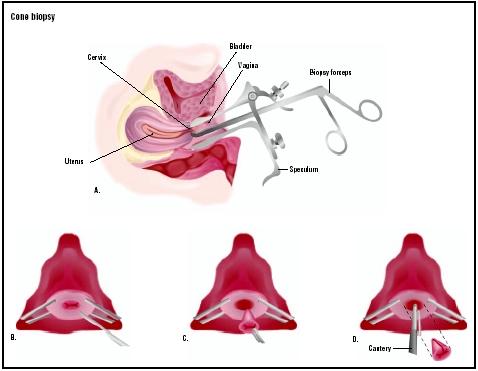
Cone Biopsy - procedure, test, removal, complications, infection, pregnancy, cells, risk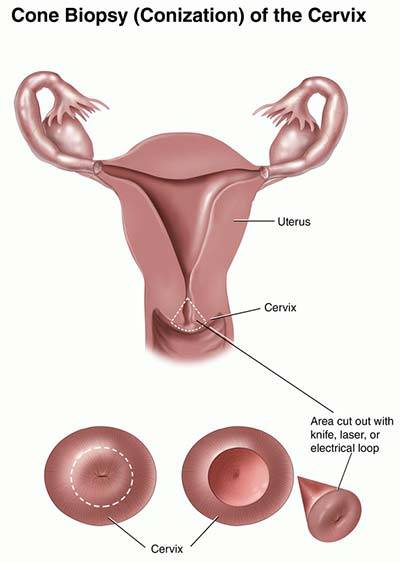
Cone Biopsy, Conization (PAP, HPV) · Pelvic Specialist · Dr. Mariz, NYC
Cervical Conization (Cold Knife) | Clinical Gate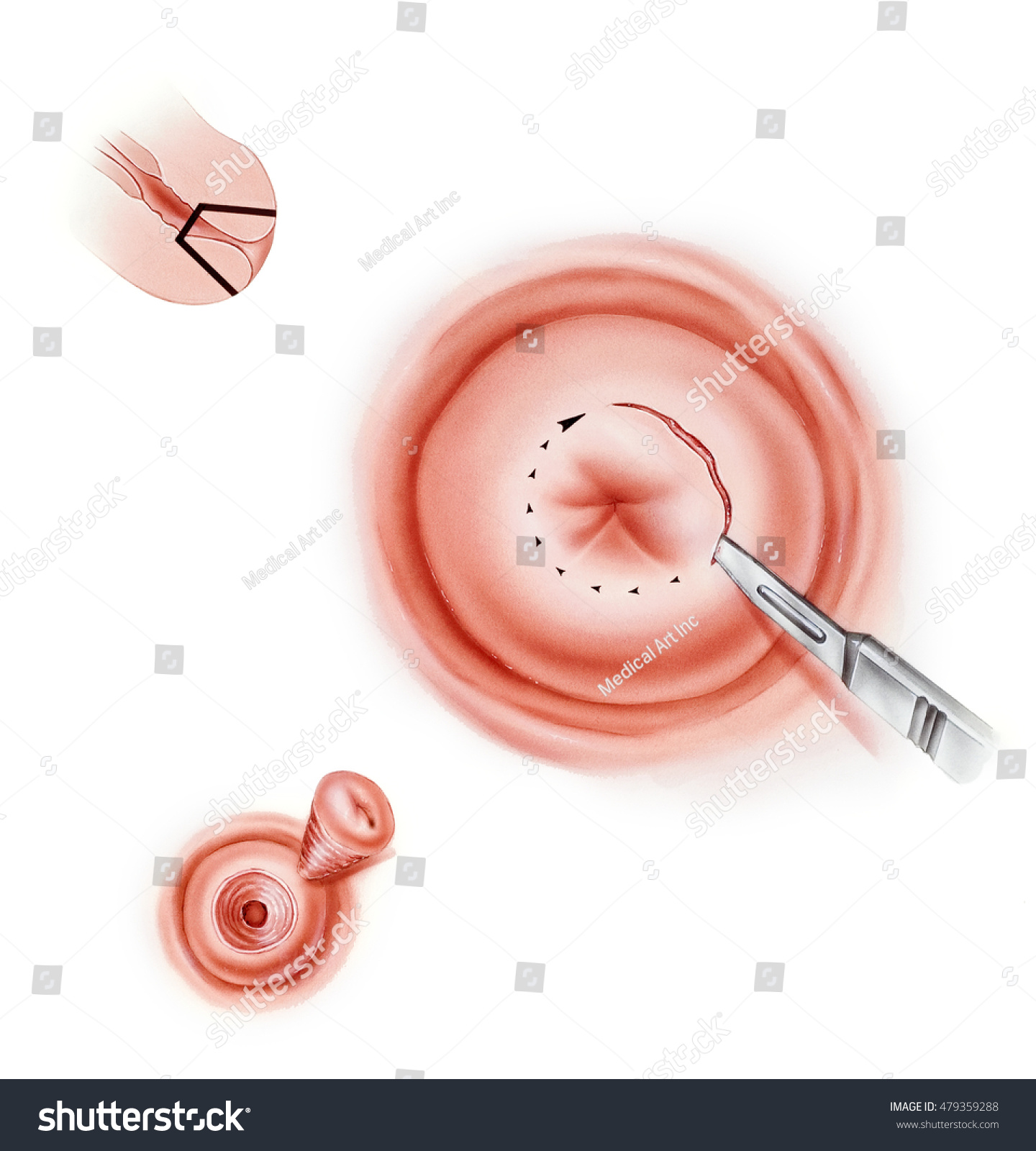
Cervix Conization Cone Biopsy Cold Knife Stock Illustration 479359288
Cervical cancer | Multimedia Encyclopedia | Health Information | St. Luke's Hospital
Cone biopsy - Canadian Cancer Society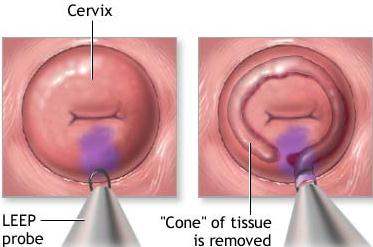
Cone biopsy
Patient education: Management of a cervical biopsy with precancerous cells (Beyond the Basics) - UpToDate
Cone Biopsy | Surgery | Jo's Cervical Cancer Trust
Is Cervical Dysplasia Serious? How Do Cone Biopsy and LEEP Treat It?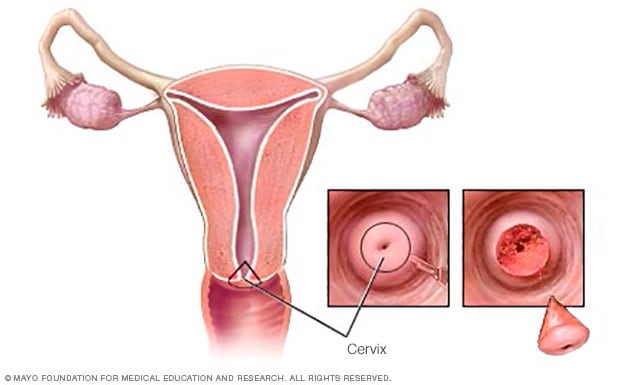
Cone biopsy - Mayo Clinic
KNIFE CONE BIOPSY - YouTube
Cone Biopsy – CSF Surgery
Gregg L Small MD
Randomized clinical trial comparing cold knife conization of the cervix with and without lateral hemostatic sutures - ScienceDirect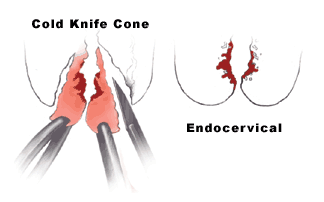
Cervical Dysplasia Treatment: Kimmel Cancer Center
LLETZ Procedure and Cone Biopsy | London Obs and Gynae Clinic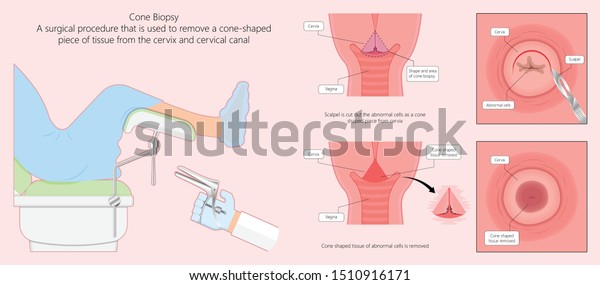
Cold Knife Cone Biopsy Loop Electrosurgical Stock Vector (Royalty Free) 1510916171
Cold Knife Cone Biopsy – Healthline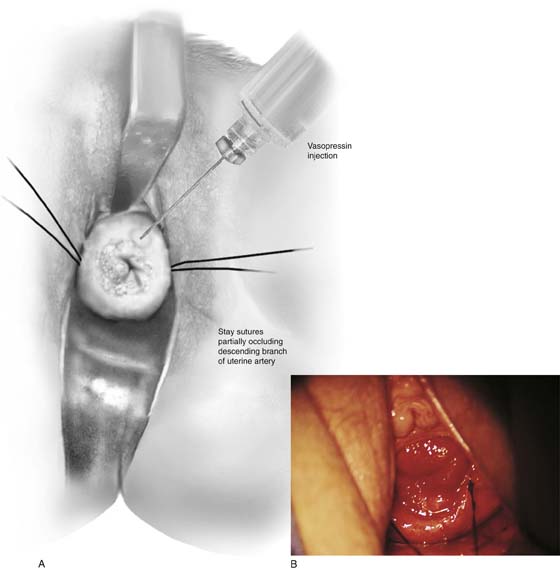
Conization of the Cervix | Clinical Gate
Cervical Conization | Obgyn Key
LEEP Procedure & Cold Knife Cone Biopsy | Best Los Angele...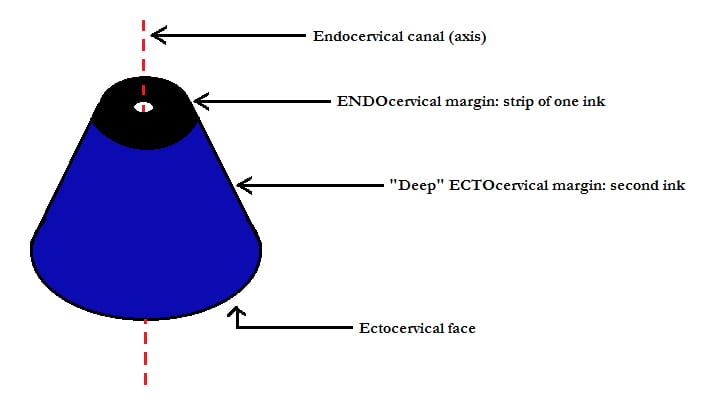
Cervix (LEEP or Cone) | Gross Pathology Manual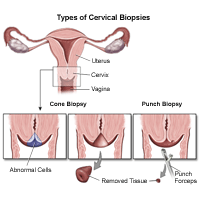
Cervical Biopsy
Cervical Dysplasia and Cancer | Symptoms, Causes, and Treatments | CIGC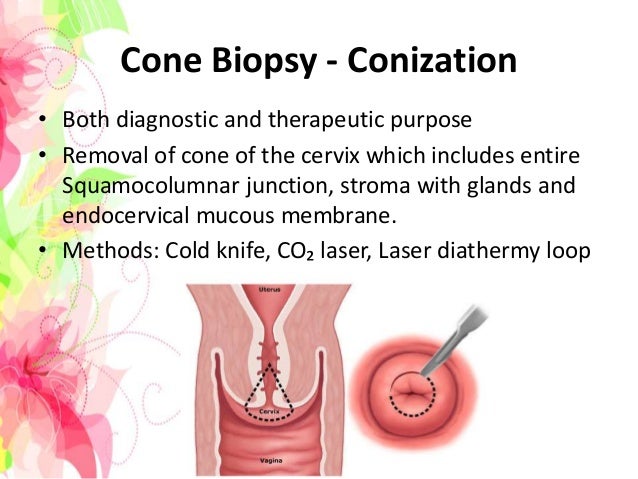
Cervical Biopsy - Obstetrics & Gynaecology
Cold Knife Conization : Technique and Results | Semantic Scholar![Full text] Meta-analysis of cold-knife conization versus loop electrosurgical exc | OTT Full text] Meta-analysis of cold-knife conization versus loop electrosurgical exc | OTT](https://www.dovepress.com/cr_data/article_fulltext/s108000/108832/img/OTT-108832-F01.png)
Full text] Meta-analysis of cold-knife conization versus loop electrosurgical exc | OTT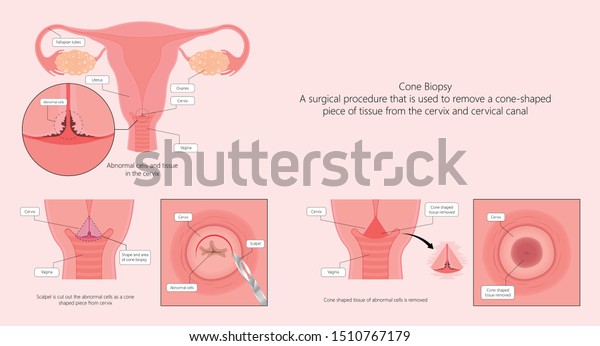
Cold Knife Cone Biopsy Loop Electrosurgical Stock Vector (Royalty Free) 1510767179
LEEP Procedure vs. Cold Knife Cone Biopsy | Best OBGYN Lo...
Cold Knife Cone Biopsy
Cone Biopsy Cervix- Dr Jay Mehta - YouTube
Cold knife cone biopsy Information | Mount Sinai - New York
Cone Biopsy – CSF Surgery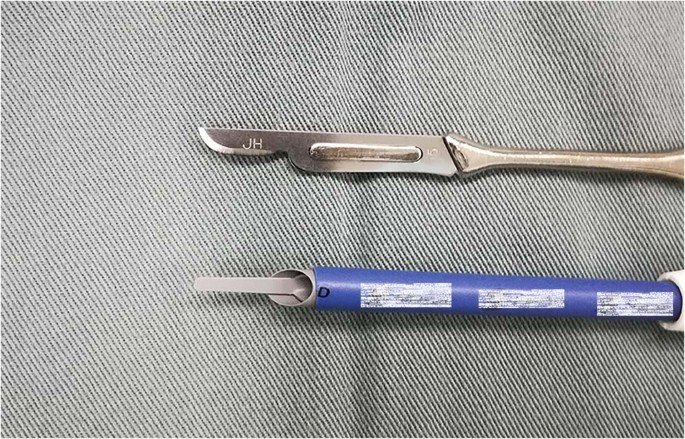
The effects of different instruments and suture methods of conization for cervical lesions | Scientific Reports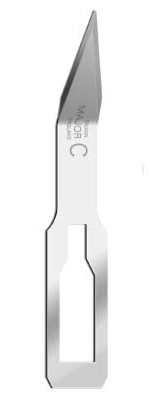
Surgical Cervical Biopsy Blade. Swann-Morton Ltd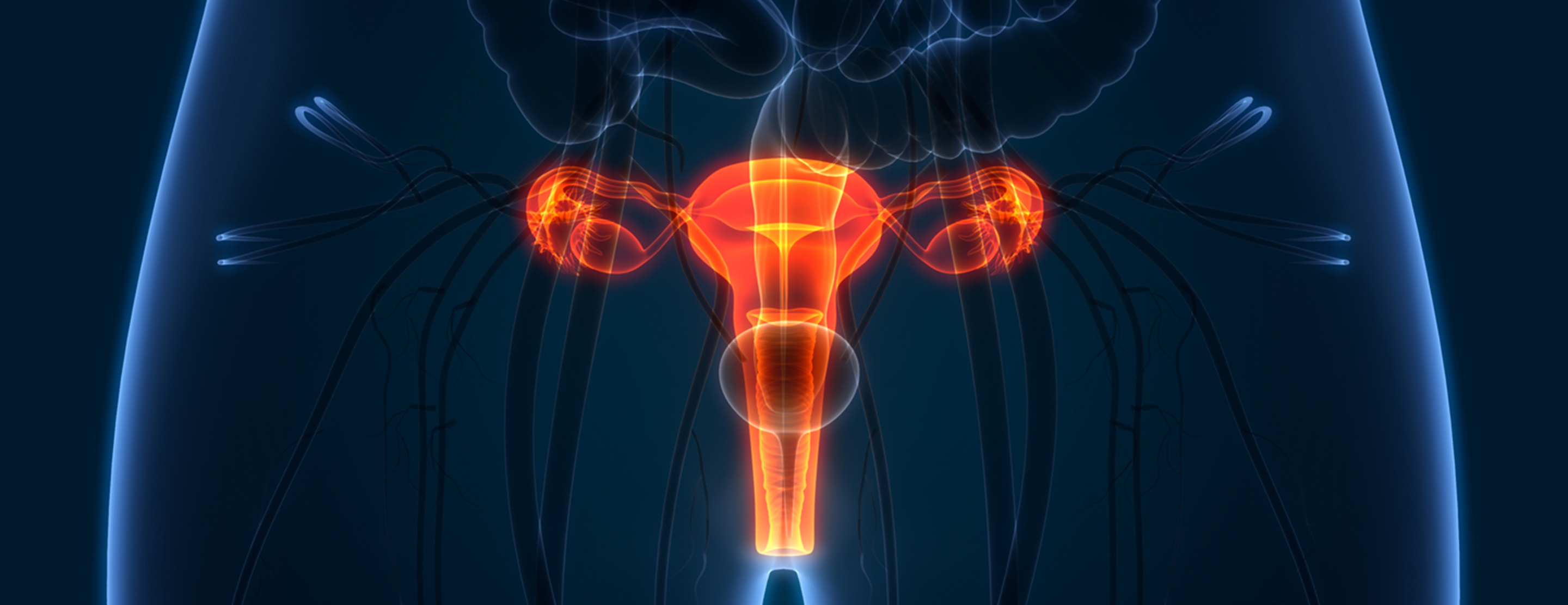
Cone biopsy
 Cold knife cone biopsy Information | Mount Sinai - New York
Cold knife cone biopsy Information | Mount Sinai - New York





























![Full text] Meta-analysis of cold-knife conization versus loop electrosurgical exc | OTT Full text] Meta-analysis of cold-knife conization versus loop electrosurgical exc | OTT](https://www.dovepress.com/cr_data/article_fulltext/s108000/108832/img/OTT-108832-F01.png)








Posting Komentar untuk "cold knife cone biopsy"